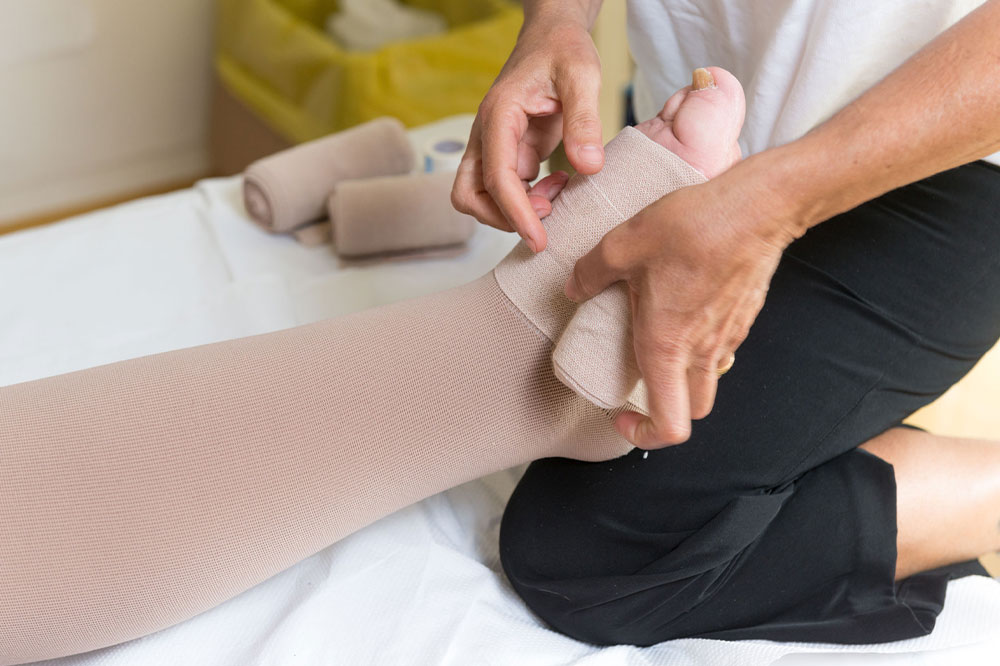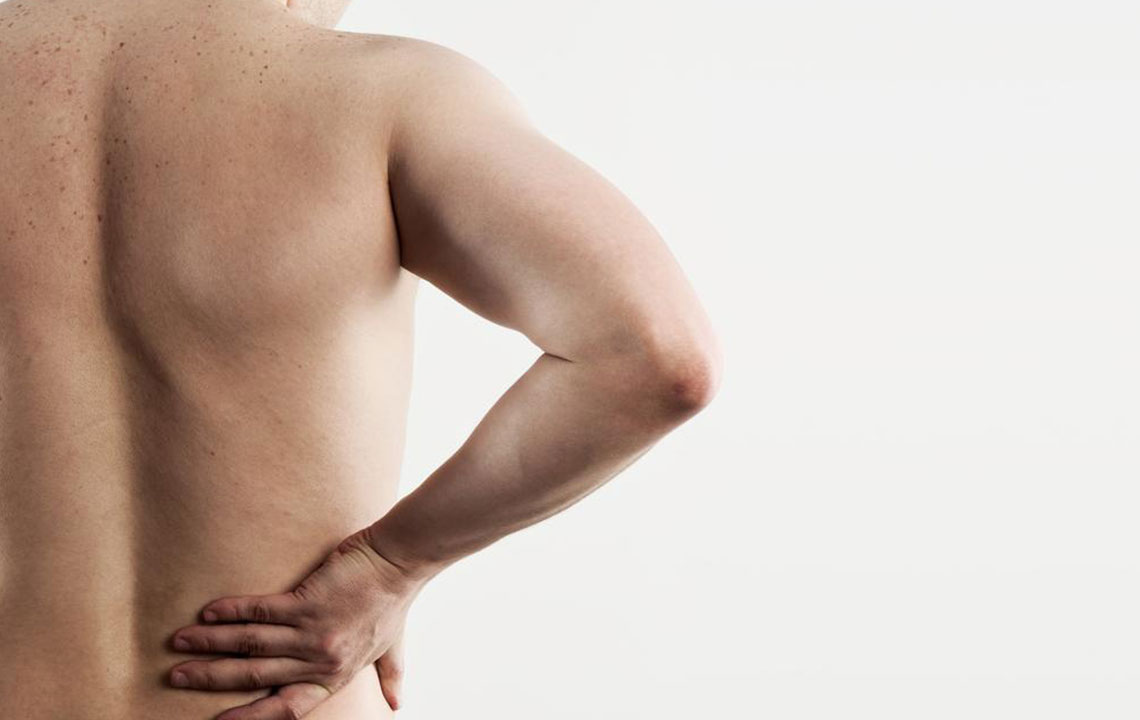Comprehensive Exercise Strategies for Effective Lymphedema Management
This comprehensive guide covers effective exercise strategies for managing lymphedema. It offers detailed descriptions of top exercises, tips for safe practice, and the importance of professional guidance. Regular movement can improve lymphatic flow, reduce swelling, and enhance overall health, helping individuals living with lymphedema regain better limb function and prevent complications. A balanced approach combining gentle aerobic routines, stretching, and strength exercises is key to long-term symptom control and quality of life improvement.

Comprehensive Exercise Strategies for Effective Lymphedema Management
Lymphedema is a chronic condition characterized by persistent swelling, discomfort, and heaviness in parts of the body such as the arms, legs, chest, or neck area. It most commonly occurs when the lymphatic system, which plays a crucial role in immune function and fluid balance, is damaged or blocked. This damage is frequently a consequence of cancer treatments such as lymph node removal, surgery, or radiation therapy. When lymph channels are compromised, lymph fluid cannot drain properly, leading to fluid accumulation and swelling that can significantly impact quality of life.
Managing lymphedema effectively requires a multifaceted approach that includes medical treatment, lifestyle adjustments, and notably, targeted physical activity. Engaging in specific exercises, under the supervision of healthcare professionals or trained therapists, can stimulate lymph flow, reduce swelling, and improve overall limb function. Regular physical activity also supports weight management, enhances joint flexibility, and helps strengthen muscles, which collectively contribute to better symptom control and prevent complications.
Understanding the complex relationship between exercise and lymphedema is essential for those affected. While physical activity is beneficial, it must be approached carefully to avoid aggravating symptoms. Proper guidance ensures exercises are safe and effective, tailored to each individual's stage of lymphedema and overall health status. When implemented correctly, these exercises can be a cornerstone of lymphedema management, empowering individuals to take an active role in their care journey.
Integrating professional supervision with home-based exercises offers significant benefits. Healthcare providers often recommend including gentle aerobic warm-up routines, stretching, and lymph-specific movements into daily practice. Proper execution of these movements not only alleviates swelling but also supports the lymphatic system's natural processes. Consistency is key—regular activity can substantially improve symptoms, reduce the risk of infections, and help prevent further deterioration of affected limbs.
Top 10 Proven Exercises to Alleviate Lymphedema Symptoms
Maintaining an active lifestyle through specially designed exercises can dramatically improve the management of lymphedema. It is advisable to start with gentle warm-up activities such as light aerobic exercises and deep breathing exercises to prepare the body. Prior to beginning any new exercise routine, consulting with a healthcare professional or lymphedema specialist is crucial for personalized guidance. Here are ten effective exercises that can help reduce swelling and improve limb function:
Pelvic Tilts: Lie on your back with knees bent and feet flat on the floor. Engage your abdominal muscles to tilt your pelvis upward, pressing your lower back into the floor. Hold briefly, then slowly relax. This exercise helps strengthen core muscles and facilitates lymph flow in the lower body.
Toe Curls: While lying on your back with legs elevated on pillows, curl your toes tightly toward your heels, then release. This movement improves foot circulation and encourages lymphatic drainage from the lower extremities.
Bridges: With knees bent and feet flat on the floor, lift your hips upward by engaging your glutes and core muscles. Hold the position for 10-30 seconds before slowly lowering. Bridges strengthen the lower back, hips, and legs, supporting lymphatic movement.
Shoulder Rolls: Raise your shoulders toward your ears, then roll them back and down in smooth, controlled motions. This exercise releases tension in the neck and shoulder area, promoting better lymph circulation in the upper body.
Wrist Circles: Extend your arms overhead and rotate your fists in small circular motions, first clockwise, then counterclockwise. Focused wrist movements help improve circulation and flexibility in the upper limbs.
Wrist Flexion and Extension: With arms elevated, flex and extend your wrists steadily, maintaining controlled movements to enhance joint mobility and promote lymph flow.
Fist Clench: Raise your arms and open your hands wide, then clench fists tightly. Repeat rhythmically to stimulate circulation and muscle engagement in the arms.
Hip and Knee Flexion: Lying on your back, lift each knee toward your chest, hold briefly, then straighten. Alternating legs helps activate lymph flow pathways in the lower limbs.
Clamshells: Lie on your side with feet together, then open and close your legs while engaging your core. This exercise strengthens hip muscles and promotes lymphatic drainage.
Torso Rotations: While lying on your back, gently rotate your torso to each side, holding briefly before switching sides. This movement enhances spinal flexibility and stimulates lymph movement across the torso.
Guidelines to Maximize the Effectiveness of Lymphedema Exercises
When performing exercises for lymphedema, start slowly, gradually increasing the intensity and duration. Consistent practice is vital—aim for daily routines that include stretching, gentle strength training, and aerobic activities. Maintain proper posture at all times to prevent unnecessary strain or injury. Wearing properly fitted compression garments during exercise can help support circulation and reduce swelling. Incorporate a balance of flexibility, strength, and aerobic exercises tailored to your condition. Always consult your healthcare team before starting new activities, especially if you experience pain, fatigue, or worsening symptoms. Regular monitoring and feedback from medical providers are necessary for safe, effective management of lymphedema.
Summary: Long-Term Benefits of Exercise in Lymphedema Care
Maintaining a healthy lymphatic system through regular, targeted exercise plays a critical role in overall wellness and quality of life for individuals with lymphedema. Combining physical activity with a balanced diet, proper skin care, and routine medical consultations creates a comprehensive management plan. Daily short workouts promote natural lymphatic flow, reduce swelling, and improve limb mobility. Staying informed and proactive empowers individuals to manage symptoms and reduce the risk of flare-ups. Ultimately, a holistic approach incorporating exercise can significantly mitigate discomfort, prevent progression, and enhance daily functionality, leading to a better quality of life for those living with lymphedema.





